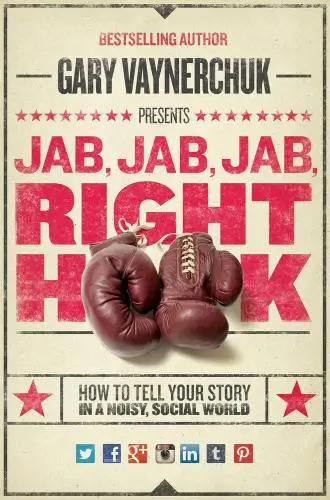
Jab, Jab, Jab, Right Hook
How to Tell Your Story in a Noisy Social World
What's it about?
Jab, Jab, Jab, Right Hook is a masterclass in effective social media marketing. Vaynerchuk uses the metaphor of a boxing match to illustrate the balance of giving (jabbing) and self-promotion (right hook). He emphasizes the importance of creating value for your audience before asking for anything in return. With real-world examples, he shows how to tailor content for different social platforms. It's a must-read for anyone looking to up their social media game and connect with their audience in a meaningful way.
About the Author
Gary Vaynerchuk, a dynamic force in entrepreneurship and digital marketing, pens with fervor and sharp insight. His works, including "Crush It!" and "Jab, Jab, Jab, Right Hook," dive deep into the hustle of business and the art of social media strategy. Vaynerchuk's writing pulsates with motivational energy and pragmatic advice, making the complex world of digital marketing accessible and engaging.
10 Key Ideas of Jab, Jab, Jab, Right Hook
Craft Platform-Specific Content to Engage Your Audience
Different social media platforms cater to different audiences and content preferences.
Tailoring your content specifically for each platform increases its relevance and engagement.
For instance, Instagram users prefer visually appealing images or stories, while LinkedIn audiences might seek more professional and informative posts.
Understanding and leveraging these nuances ensures your message resonates more effectively with your audience.
Learn DeeperIdentify Your Audience on Each Platform: Start by researching who your audience is on each social media platform. Use the platform's analytics tools to understand demographics such as age, location, and interests. This will help you tailor your content more effectively.
Analyze Successful Content: Look at what types of content are performing well on each platform within your niche. Note the format, tone, and subject matter. Use these insights to guide your own content creation.
Create Platform-Specific Content Calendars: Develop separate content calendars for each platform. Plan your posts according to what works best on each, considering the best times to post and the frequency.
Engage with Your Audience: Beyond posting content, actively engage with your audience. Respond to comments, participate in relevant conversations, and use platform-specific features like polls or stories to interact.
Measure and Adjust: Regularly review your content's performance across platforms. Use the insights gained to tweak your strategy, trying new approaches or doubling down on what works.
- Example
For Instagram, a clothing brand could share high-quality images of their products worn by models in appealing settings, using stories to showcase behind-the-scenes looks or customer testimonials. They might use hashtags related to fashion trends to increase discoverability.
- Example
On LinkedIn, the same brand could post articles about the fashion industry, share insights on sustainable manufacturing processes, or highlight employee stories. These posts would cater to the professional nature of LinkedIn, focusing on the brand's industry expertise and corporate values.
Give More Than You Ask: The Principle of Providing Value
Before making a sales pitch (Right Hook), it's crucial to build a relationship with your audience by consistently providing value (Jabs).
This could be in the form of useful information, entertainment, or inspiration.
By doing so, you establish trust and credibility, making your audience more receptive when you finally ask for something in return.
Learn DeeperIdentify Your Audience's Needs and Interests: Start by researching and understanding what your audience truly cares about. This could involve conducting surveys, monitoring social media conversations, or analyzing feedback on your previous content.
Create and Share Valuable Content Regularly: Based on your findings, produce content that addresses your audience's needs and interests. This could be educational blog posts, entertaining videos, or inspiring stories. Make sure to share this content consistently across platforms where your audience spends their time.
Engage With Your Audience: Don't just broadcast your content; engage with your audience by responding to comments, asking for their opinions, and participating in discussions. This helps build a stronger connection and makes your audience feel valued.
Measure and Adjust: Use analytics tools to track the performance of your content. Look at metrics like engagement rates, click-through rates, and conversion rates to understand what's working and what's not. Use these insights to refine your approach and improve the value you provide.
Strategically Introduce Your Ask: Once you've built a solid foundation of trust and value, carefully introduce your sales pitch or ask. Make sure it's relevant to your audience and presented as a solution to a problem or need they have expressed.
- Example
A fitness coach shares free workout plans, nutrition tips, and motivational stories on their social media platforms for several months, building a loyal following. They then introduce a paid online coaching program, which is received positively because the audience trusts the coach's expertise and feels they've already received so much value.
- Example
A small bookstore starts a blog where they post book reviews, author interviews, and reading tips. They also host free monthly book club meetings. After establishing themselves as a go-to resource for book lovers, they launch an online store. Their established audience is more inclined to purchase from them, seeing it as a way to support a valued community member.
Listen and Engage: The Power of Social Listening
Active listening on social media platforms allows you to understand what your audience cares about, their pain points, and their desires.
Engaging with them by responding to comments, answering questions, and participating in conversations builds a community around your brand.
This direct interaction not only fosters loyalty but also provides valuable insights into how you can serve your audience better.
Learn DeeperSet Up Social Listening Tools: Utilize platforms like Hootsuite, Sprout Social, or even Google Alerts to monitor mentions of your brand, industry keywords, and competitors. This will help you stay on top of conversations relevant to your business.
Create a Response Plan: Draft templates for common inquiries or comments. Personalize these templates when responding to ensure your audience feels heard and valued. Establish a routine to check and respond to comments and messages at least twice a day.
Engage Beyond Your Brand: Don't just listen and respond to mentions about your brand. Participate in broader conversations within your industry. Comment on posts, share relevant content from others, and contribute to discussions. This positions you as a thought leader and builds community.
Analyze and Adapt: Regularly review the interactions and engagements you have on social media. Identify patterns in the questions asked or the feedback given. Use these insights to adapt your products, services, or content strategy to better meet the needs of your audience.
- Example
A local bakery uses Twitter to track mentions of their brand and related keywords like 'best cupcakes in town'. They engage by thanking customers for positive mentions, addressing concerns, and sharing user-generated content of their baked goods.
- Example
A fitness coach monitors hashtags related to fitness challenges on Instagram. They join conversations by offering tips, encouraging participants, and sharing relevant snippets from their own training sessions. This not only builds their community but also showcases their expertise.
Leverage Visual Storytelling to Capture Attention
In an era of short attention spans, compelling visuals are key to stopping users in their tracks.
Use high-quality images, videos, and infographics to tell your brand's story in an engaging way.
Visual storytelling can evoke emotions and make your message more memorable, increasing the likelihood of engagement and sharing.
Learn DeeperIdentify Your Story: Start by understanding what unique story your brand or you as an individual have to tell. What sets you apart? This could be your journey, the problems you solve, or the values you stand for.
Choose the Right Platforms: Not all social media platforms cater to the same type of content or audience. Instagram and Pinterest are highly visual, making them ideal for image-driven storytelling, whereas YouTube is perfect for longer video narratives.
Invest in Quality: Whether it's a photo, a graphic, or a video, make sure it's high-quality. This doesn't always mean professional-level production but clear, visually appealing content that aligns with your message.
Engage with Your Audience: Use visuals not just to tell your story but to start conversations. Ask questions, encourage shares, and respond to comments. Engagement can amplify your message and foster a community around your brand.
Analyze and Adapt: Regularly review which types of visual content perform best with your audience. Use insights from social media analytics to refine your approach and experiment with new formats or themes.
- Example
A local bakery uses Instagram to share behind-the-scenes videos of their baking process, showcasing the care and craftsmanship that goes into each pastry. They complement these videos with high-quality photos of the finished products, sparking engagement through comments and shares.
- Example
A fitness coach utilizes Pinterest to share infographics on workout routines and healthy eating tips. Each pin links back to their website for more detailed guides, driving traffic while providing value through visually appealing and informative content.
Timing is Everything: Post When Your Audience is Most Active
The impact of your content significantly depends on when it's posted.
Analyze your social media metrics to identify when your audience is most active online and schedule your posts accordingly.
Posting during these peak times ensures higher visibility and engagement rates.
Learn DeeperAnalyze Your Social Media Metrics: Start by diving into your social media platforms' analytics. Look for patterns that show when your posts receive the most likes, comments, and shares. This data is crucial for understanding your audience's online habits.
Schedule Your Posts: Once you've identified peak times, use scheduling tools like Buffer, Hootsuite, or the native scheduling features on platforms like Facebook and Instagram to plan your posts. This ensures your content goes live when your audience is most active, without you having to be online at all times.
Experiment and Adjust: Don't be afraid to experiment with different posting times and track the results. Social media algorithms and audience behaviors change, so what works today might not work tomorrow. Regularly review your metrics and adjust your strategy accordingly.
Engage With Your Audience: Posting during peak times also means you should be ready to engage. Respond to comments, answer questions, and interact with your audience. Engagement boosts your post's visibility and helps build a loyal community.
- Example
If your analytics show that your audience is most active on Instagram between 6 PM and 8 PM on weekdays, schedule your most important posts for those times. Use Instagram's insights feature to track engagement and refine your posting schedule over time.
- Example
For a B2B company using LinkedIn, analytics might reveal that professionals are more likely to engage with content during lunch hours on weekdays. Scheduling posts for around 12 PM to 1 PM could lead to higher visibility and interaction rates.
Deeper knowledge. Personal growth. Unlocked.
Unlock this book's key ideas and 15M+ more. Learn with quick, impactful summaries.
Read Full SummarySign up and read for free!
Jab, Jab, Jab, Right Hook Summary: Common Questions
Experience Personalized Book Summaries, Today!
Discover a new way to gain knowledge, and save time.
Sign up for our 7-day trial now.
No Credit Card Needed

Similar Books

$100M Offers
Alex Hormozi
Principles of Marketing, Global Edition
Gary Armstrong
The 100 Best Business Books of All Time
Jack Covert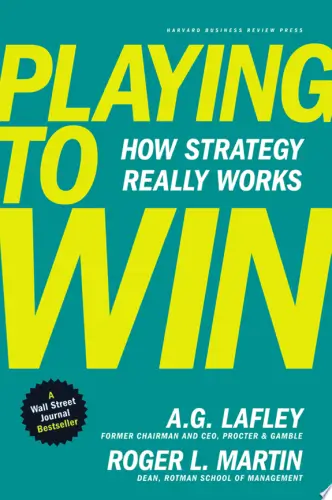
Playing to Win
A.G. Lafley
Productize
Eisha Armstrong
Start Your Own Pet-Sitting Business and More
Entrepreneur Press
The 22 Immutable Laws of Marketing
Al Ries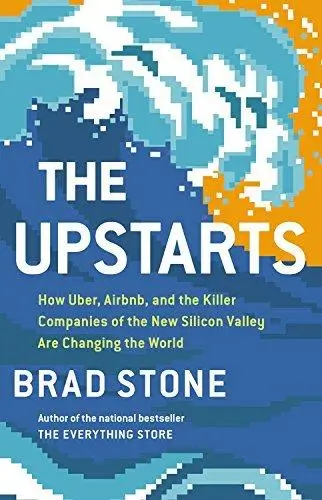
The Upstarts
Brad Stone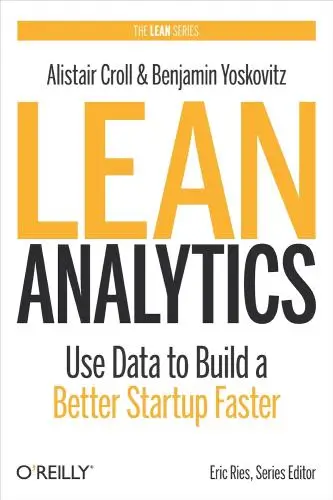
Lean Analytics
Alistair Croll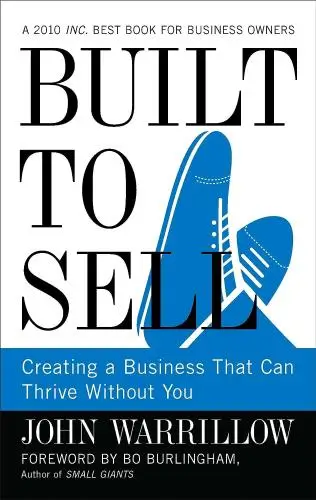
Built to Sell
John WarrillowTrending Summaries

Peak
Anders Ericsson
Never Split the Difference
Chris Voss
Smart Brevity
Jim VandeHei
The Psychology of Money
Morgan Housel
The First 90 Days
Michael D. Watkins
Atomic Habits
James Clear
Thinking, Fast and Slow
Daniel Kahneman
The Body Keeps the Score
Bessel van der Kolk M.D.
The Power of Regret
Daniel H. Pink
The Compound Effect
Darren HardyNew Books

Fichte
Johann Gottlieb Fichte
Do No Harm
Henry Marsh
This is Going to Hurt
Adam Kay
This Is Your Brain on Joy
Earl Henslin
Learning Habits
Sarah Nicholl
TOP KNIFE: The Art & Craft of Trauma Surgery
Asher Hirshberg,
English Spirituality
Gordon Mursell
The ^AOxford Handbook of Job Loss and Job Search
Ute-Christine Klehe PhD
Job Interviews For Dummies®
Joyce Lain Kennedy
